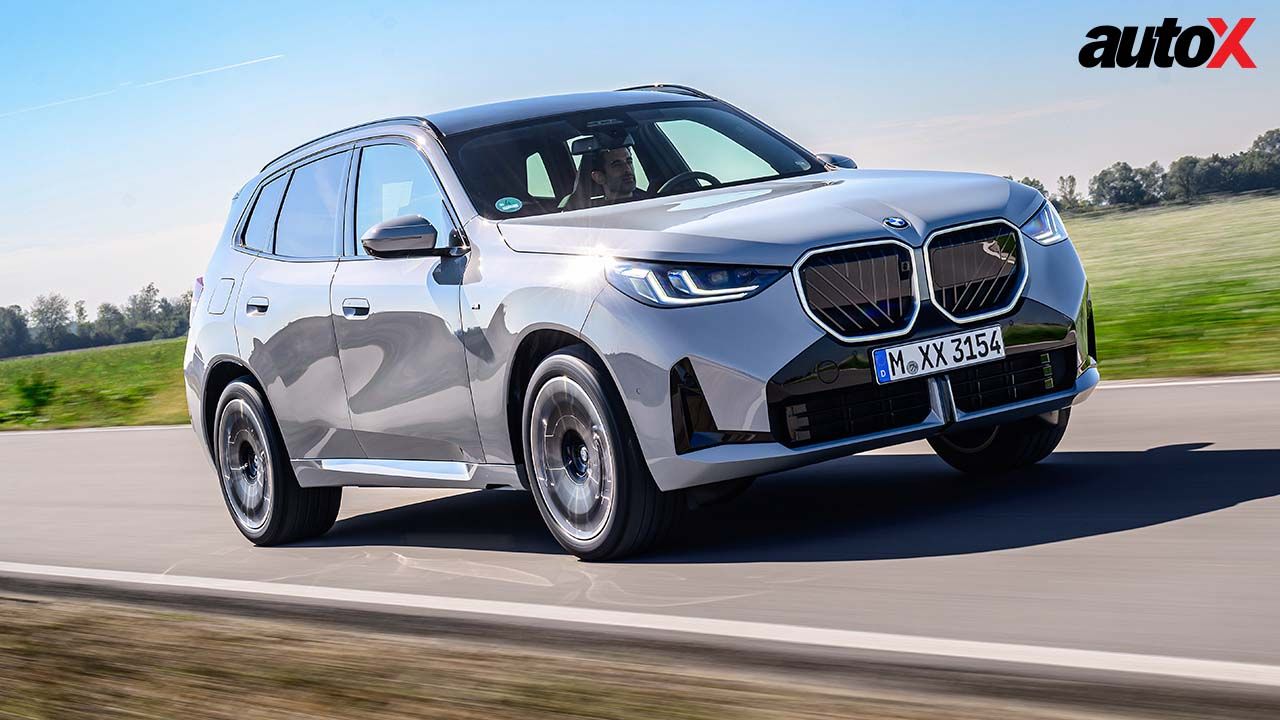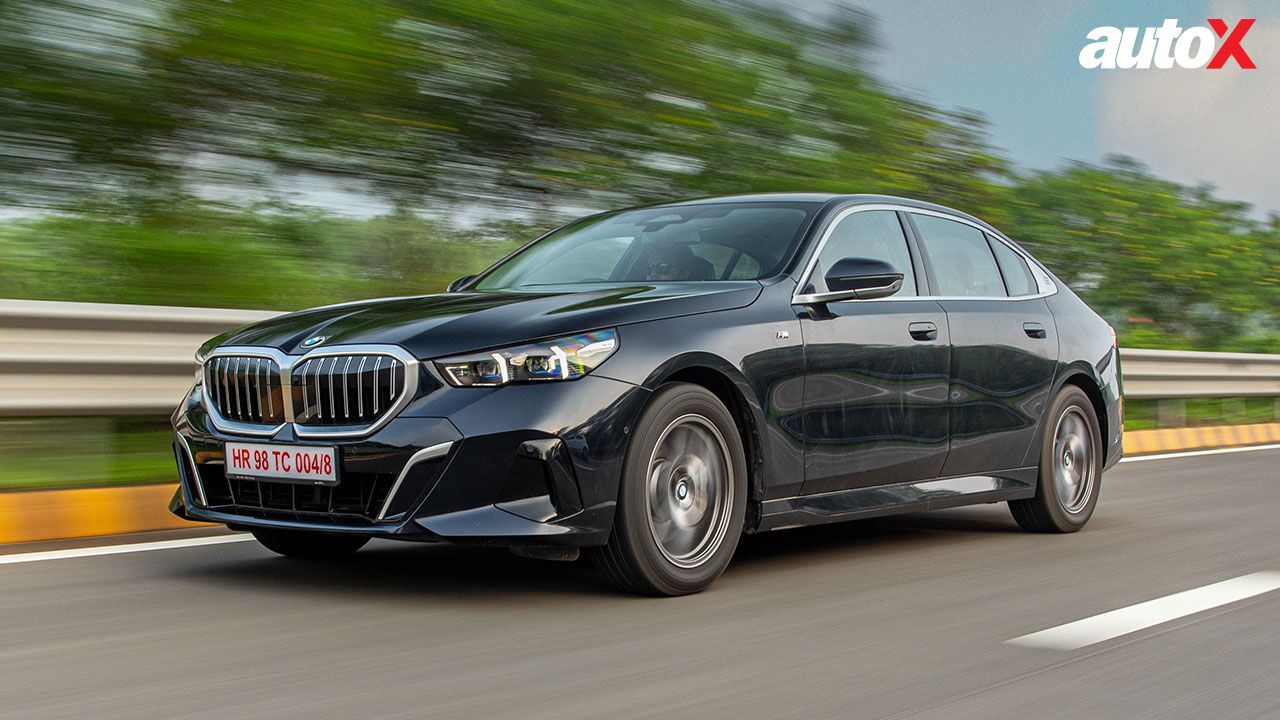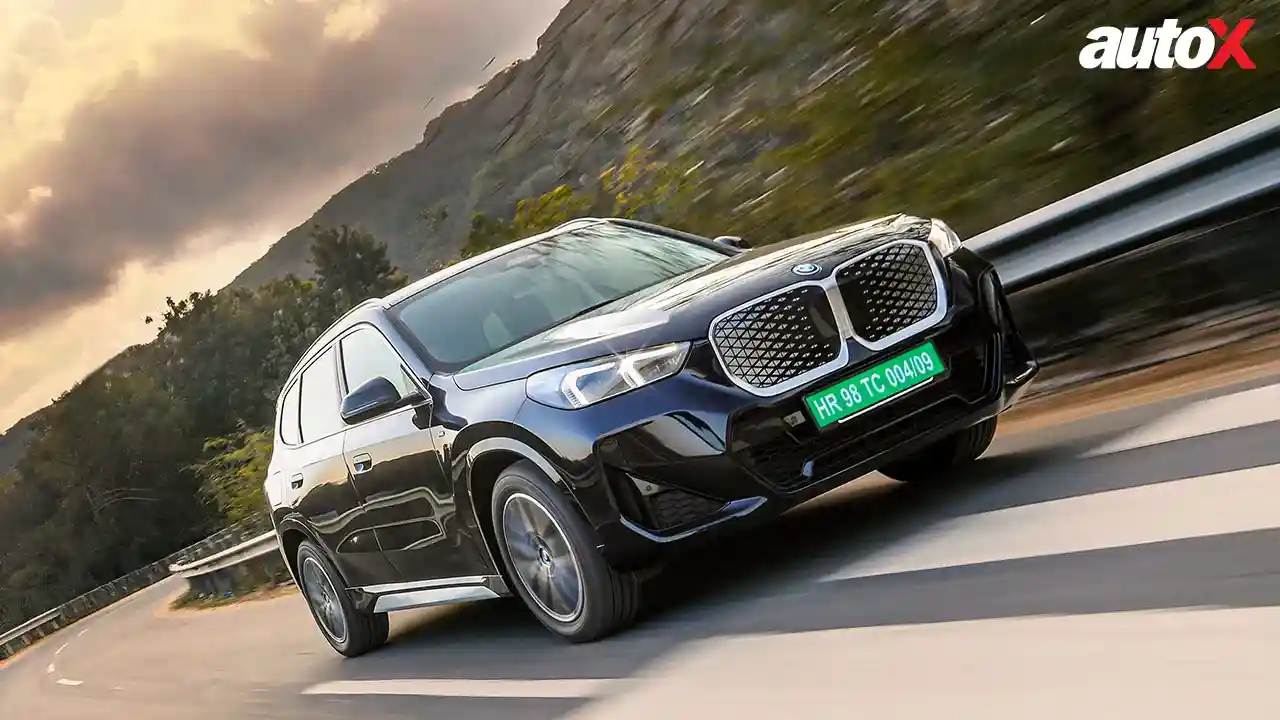If it’s Efficiency That We’re Truly Chasing, I’m Afraid Our Approach is Totally Backwards!
Unless we introspect into what’s behind the flag waving and posturing, we’ll soon be heading for the apocalypse that the Cybertruck is trying to protect us from.
By Dhruv Behl

Consider this, we uphold vehicles like the Tesla Cybertruck as a symbol of this new-age of green mobility, while we shun internal combustion cars like the Maruti Suzuki Swift as being antiquated and a sign of the problem. However, I urge you to take a moment to look past this veneer of new versus old and responsible versus irresponsible.
The Cybertruck weighs over three tonnes, is powered by rare earth metals and raw materials mined from conflict zones and sensitive ecological areas, while the Swift is one-third in weight and perhaps one of the most efficient vehicles to produce on the planet. So, we need to ask ourselves what we’re actually after – do we just want to fly the green flag in a vehicle that’s resource-rich and ‘apocalypse proof’ or a car that’s genuinely efficient, but doesn’t provide some of the frills and certainly none of the posturing?
I’ll give you another, less stark, example. On the cover of our October issue, you’ll see the brand new BMW X3 – both internal-combustion engine versions of which come with a 48V system and a small electric motor that provides a slight boost in power as well as added efficiency.
So far so good, but the 20 xDrive M-Sport model we tested, which has a 2.0-litre turbo-petrol motor, is shod with 20-inch rims and 285-section rear tires. This means, of course, that it’s got incredibly high grip levels. But does an all-wheel drive luxury SUV that produces just 208 horsepower really need such a massive footprint?
This fourth generation X3 is just another symptom of the same problem. It’s bigger, more luxurious and more tech-laden than before. But, in order to retain the driving dynamics that BMW is famous for, it needs larger, heavier wheels and tires – which run counter to the efficiency that its 48V mild hybrid system aims to achieve.
Also Read: BMW X3 Review, Monolith for the Road
And so, automakers are chasing their tails by attempting to engineer vehicles that are more efficient but also larger, more opulent and more tech-laden than before. They’re simply adding a pretence of efficiency for consumers and regulators who are content not to disrupt the facade.
What we require is car buyers to consider what they truly need in their everyday vehicles. Cars that are light and small are not just more efficient – to build as well as to run – but they’re also more fun to drive.
So, unless we introspect into what’s behind the flag waving and posturing, we’ll soon be heading for the apocalypse that the armour-plated Cybertruck is trying to protect us from.





